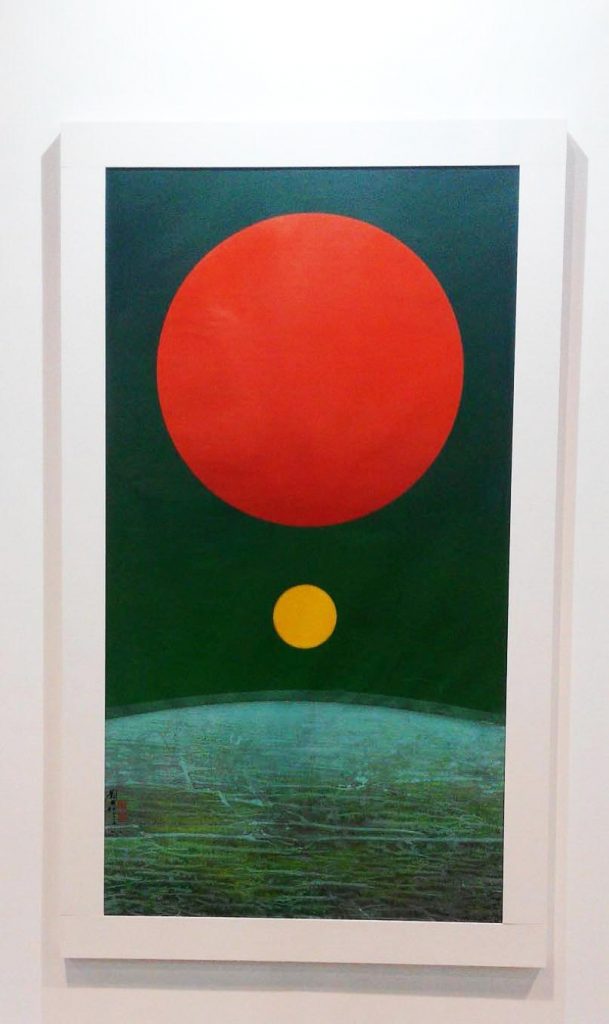Grace Ko

Art has long captivated us and yet, even though art historians and philosophers have spilled much ink over its nature, we still can’t fully define it. Recently, notable American artist Trevor Paglen revealed what he thought art is, which really impressed me. “Art,” he said, “is about making invisible structures visible, the better for viewers to grasp the operations of the world around them.”
It made me ask, “How can we understand the world we live in? Do we need to understand the countless other lives that intersect with ours?” Is that what art does?
In The Diamond Sutra, the Buddha said to the senior monk Subhuti, “This is how the bodhisattva mahasattvas (enlightened great beings) master their thinking: Many species of living beings—whether born from eggs, from the womb, from moisture, or spontaneously; whether they have form or do not have form; whether they have perceptions or do not have perceptions; or whether it cannot be said of them that they have perceptions or that they do not have perceptions, we must lead all these beings to Nirvana so that they can be liberated.”
The Buddha also asked Subhuti, “Do you think that the space in the Eastern Quarter can be measured? Subhuti, can space in the Western, Southern, or Northern Quarters, above or below, be measured?”
2,500 years ago, the Buddha already knew that so many invisible things exist which we, even now, still aren’t aware of. If an artist can create a piece of artwork to tell the world about something and we fail to notice or overlook it, the art can still accrue value over time (perhaps that is why so many artists gain posthumous fame). I do believe a good art accrues value over time. Art can present a private world, the world of someone’s inner mind, and make it real.
Art can help us freeze a moment in time. It can also give us pause within the history we are living. When artists create, they materialize thoughts and ideas. The language of art naturally transcends the boundaries of plagiarism or duplication. It can lead viewers to think of or speculate about something that is limited only by life itself.
The idea of emptiness which the Buddha alluded to can inform artists in the creation of their works. The Buddha said to Subhuti, “Subhuti, a bodhisattva who still depends on notions to practice generosity is like someone walking in the dark. She will not see anything. But when a bodhisattva does not depend on notions to practice generosity, she is like someone with good eyesight walking under the bright light of the sun. She can see all shapes and colours.”
There are different types of art—surreal, abstract, and figurative. In their own way, they reflect the times they are created in, helped by countless mediums for creating art, such as ink or oils. If artists can master different ideas of “emptiness,” they can freely convey their visual language to the world, without the burden of old patterns from the past. When art engages the world, at the same time, it resonates in the heart of the viewer.
You can find out more about ink painting at Hong Kong’s largest ever international Chinese ink painting exhibition “Ink Global,” which will be held 3–8 August 2017 at the Hong Kong Convention and Exhibition Centre. The exhibition is organized by the Young Artists Development Foundation and supported by the HK government. It aims at promoting ink painting development and its international position by showcasing 500 masterpieces from elite artists worldwide.
